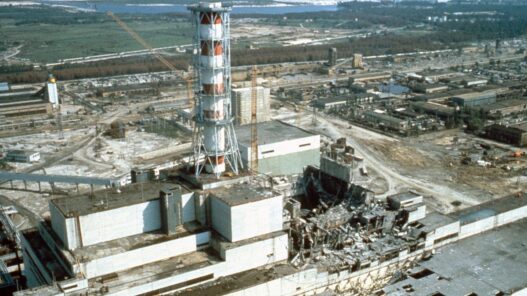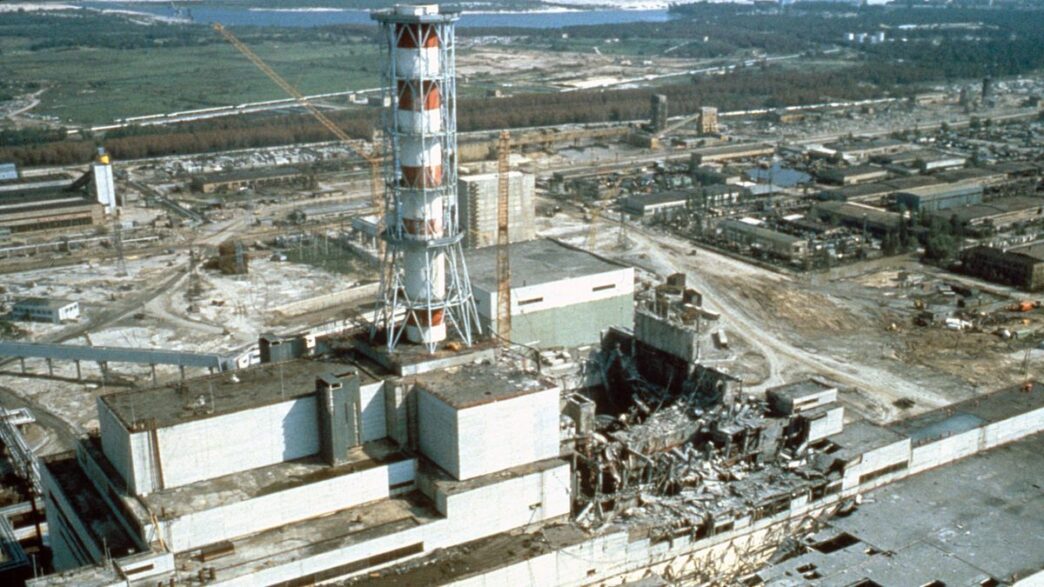38 years ago, under Soviet rule, there was a burgeoning town in Ukraine called Pripyat. This small city was like a shining pearl embedded in the vast landscape, housing around 300,000 residents with an average age of just 24, full of youthful energy and vitality. The town was tranquil and harmonious, with residents living in peace and prosperity, in an environment that was both beautiful and pleasant, almost like a paradise on Earth. However, no one could have anticipated that a sudden disaster would soon shatter its tranquility and beauty, turning a perfect little city into a “hell on Earth.” This was the infamous “Chernobyl disaster,” a nuclear catastrophe that shocked the world.
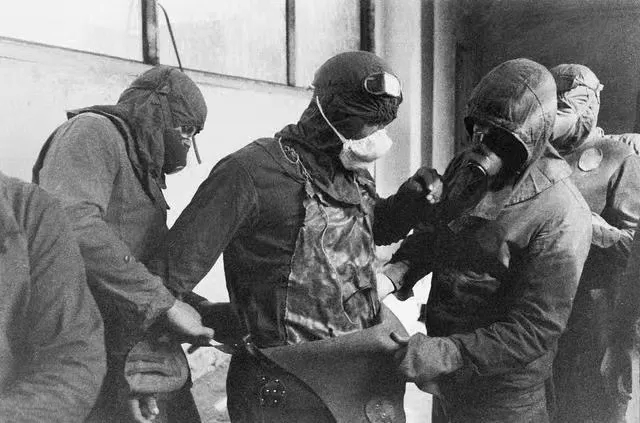
At 1:23 AM on April 26, 1986, a thunderous explosion pierced the night sky, shaking the earth. Columnar flames, like an angry dragon, surged into the night, lighting it up as bright as day, with the sky becoming a bizarre array of colors. In the midst of everyone’s slumber, disaster silently descended. An explosion occurred at Reactor No. 4 of the Chernobyl Nuclear Power Plant, located in the forest area between Ukraine and Belarus, instantly vaporizing 50 tons of nuclear fuel into the atmosphere, with radiation levels spreading at an astonishing rate of 30,000 roentgens per hour. To put this in perspective, 400 roentgens of radiation absorbed by the human body is enough to be fatal, and this event’s radiation was so immense, it was almost unbelievable.
Later analysis of the accident showed that the disaster was caused by a few young scientists’ misoperation. Their original intention was to test the reactor’s self-power supply system to increase the power plant’s electricity generation and save energy. However, due to operational errors, this irretrievable disaster was triggered. At the time, nuclear physicists were relatively scarce, and unprofessional operators were common, laying the groundwork for this disaster. In the early stages of nuclear technology, the accident initially did not receive sufficient attention from scientists. Initially, they did not activate emergency teams nor did they evacuate the population promptly. April 26 was a Saturday, with the weather clear and the lives of Pripyat’s residents proceeding as usual, children playing happily in the squares. However, they were unaware that a disaster had already arrived.

By the evening of that day, the radiation levels in the air had already reached 600,000 times the normal level. Given the rate of radiation spread, within just 4 days, the radiation absorbed by the residents living there would reach a lethal level. The first to draw attention were several fishermen who were fishing near the river by the nuclear reactor. That very night, they began to feel extremely nauseous and uncomfortable, with a burning sensation in their chests, stinging in their eyelids, severe headaches, and incessant vomiting. The appearance of these symptoms alerted people to the severity of the situation. But it was too late; 12 hours later, the skin of those fishermen contaminated by nuclear pollution had turned black. Subsequently, small ulcers began to appear in their mouths, on their tongues, and cheeks, gradually spreading. Layers of mucus crusted over, causing their hair and skin to fall off, ultimately leading to death. Then, the disaster continued to spread throughout the city, with a brutality that was unimaginable.
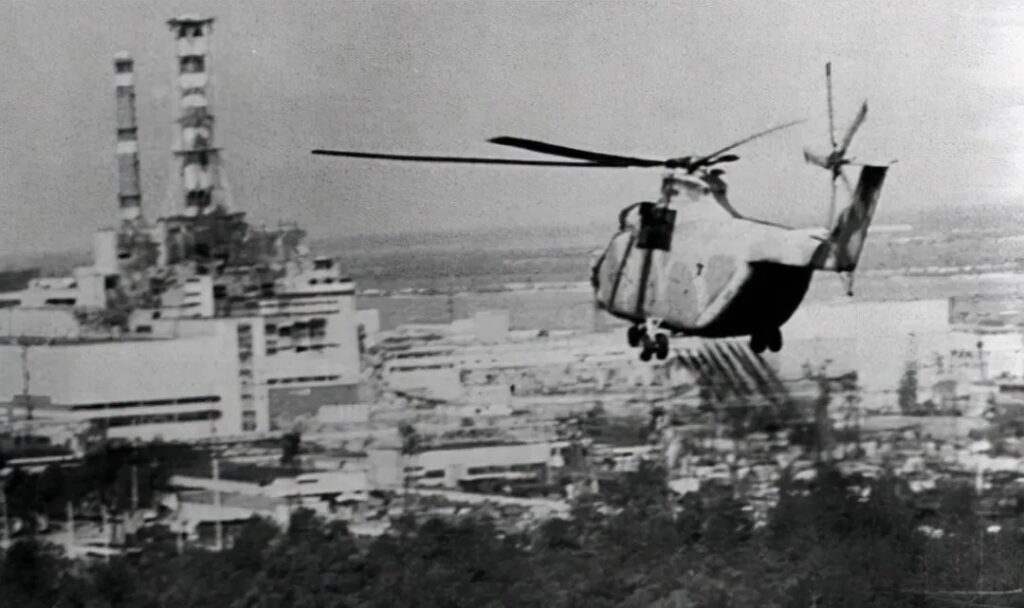
According to incomplete statistics, the explosion at Chernobyl’s Reactor No. 4 directly resulted in the deaths of 80,000 people. Some scholars estimate that the radiation dose released by this disaster was over 400 times greater than the atomic bomb that exploded over Hiroshima during World War II. This disaster caused direct economic losses of approximately 200 billion dollars, and incalculable indirect losses, making it one of the costliest disasters in modern history. On April 28, the evacuation process officially began. Over a thousand buses arrived in Pripyat, where firefighters and staff went door-to-door searching for residents and helping them move away from that dangerous place. Due to the urgency of the situation, residents were only given two hours to pack, and were allowed to take at most three days’ worth of food and money before hastily leaving their once beautiful homes. Everything from plants to animals was left behind mercilessly. Pets were not allowed on the buses during the evacuation, so when the buses started, many dogs chased after them, emitting mournful howls that were heart-wrenching to hear.
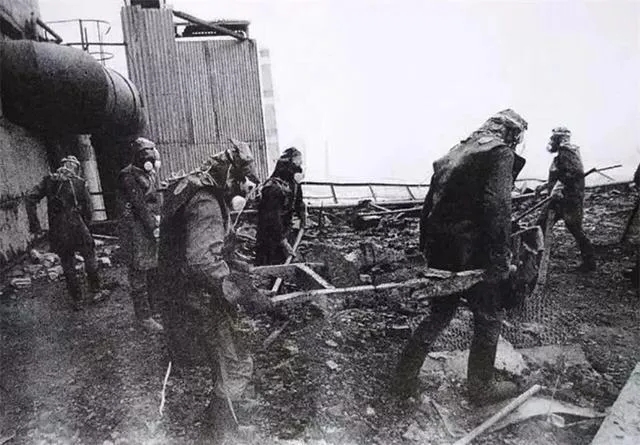
It wasn’t until 18 days later that the relevant authorities admitted the nature of the disaster, stating that “nuclear power had escaped human control.” Following this, they began to pour in substantial human and material resources to control the spread of the disaster. They first fought the fire, then buried it with large amounts of sand and soil, and finally, to prevent the contamination of water resources, they completely sealed off the exploded Reactor No. 4 with concrete walls. To this day, 38 years after the destruction of the Chernobyl Nuclear Power Plant, there are virtually no signs of human activity within a 30-kilometer radius of the site; it has become a human exclusion zone. The contaminated land area reached an astonishing 155,000 square kilometers, affecting as many as 8.4 million people! Nuclear energy, as one of the key clean energy sources for carbon neutrality in the future, is also a foundational energy for humanity’s deeper development and exploration. Its potential and value are immeasurable. However, the disasters it brings are unforgettable.
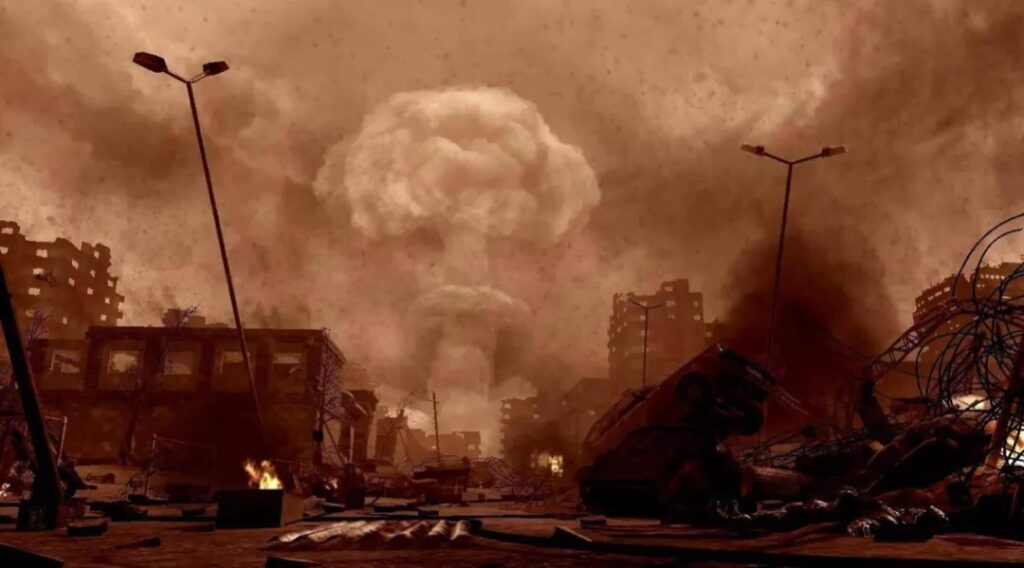
In history, apart from the explosion at Chernobyl’s Reactor No. 4, the atomic bomb dropped on Hiroshima during World War II was also a profound disaster for humanity. Mentioning this, one cannot help but recall Japan’s action in 2023 of releasing nuclear-contaminated water into the sea, an act of extreme irresponsibility, showing a lack of accountability to the global population. The decay period of nuclear pollution is extremely long, and its contamination is also long-lasting, posing a significant threat to marine ecosystems and human health. According to experts, the environmental pollution caused by the Chernobyl nuclear disaster would require a purification time of up to 200,000 years to reach habitable standards for humans. That is a disaster and pain that stretches far into the future! We must deeply reflect and take measures to ensure the safe use of nuclear energy to prevent such tragedies from happening again. At the same time, we should strengthen the regulation and treatment of nuclear pollution to protect our Earth’s home from the harms of nuclear energy.







